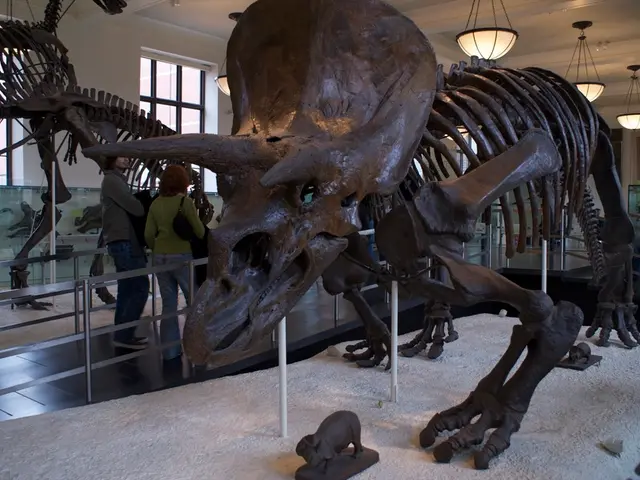Loya Paktia Region, Afghanistan: Exploring Paths to Reconciliation and Reintegration
Loya Paktia, a region heavily influenced by tribal traditions, is currently facing security challenges. The Afghan Peace and Reintegration Program (APRP) has been proposed as a solution, aiming to promote peace and encourage Taliban fighters to renounce violence and join a constructive process of reintegration.
The APRP emphasises mediation between provincial and district governors and local insurgents, a strategy that could potentially improve the standing of governors with the local community if they demonstrate effective leadership in resolving inter-tribal conflicts. However, a governor-led process could encounter difficulties if the governor is not supported by the local community and does not seek input from different sectors of society.
Consultations and jirgas with impartial tribal elders and respected ulema figures are seen as key to finding peace in the region. The involvement of local mullahs and religious bodies is crucial, and tribal elders in the Southeast believe they could play a more instrumental role than the government in bringing insurgents to the negotiation table.
The APRP proposes utilising the existing capacities of the former PTS program and consolidating the Disarmament of Illegal Armed Groups (DIAG). However, the PTS was perceived to be unsuccessful due to a lack of funding, missed opportunities, and unacceptable conditions for reconciliation.
Security at both the district and provincial levels in Loya Paktia was previously guaranteed by agreements among tribes and between tribes and the government. However, security has deteriorated, and tribes can no longer guarantee the full security of their communities or their land. This has been exacerbated by increased pressure and intimidation from insurgents, a lack of development funding, and unpopular military operations.
International military forces have often had a negative impact on the ground, with aerial bombardments and night raids creating a negative public perception. Firm guarantees are needed that returning fighters will not be arrested by Afghan National Security Forces or by the International Military.
Corruption and weak service delivery within local government can negatively impact its relationship with the local population. Subnational-governance reform is key to improving people's current perceptions of the government as being a self-serving corrupt body.
In the Southeast region, the influence and popularity of local government vary from province to province and district to district. Effective relations must be built or consolidated between government authorities and tribal/religious actors to create trust between key stakeholders.
Arbitrary detentions in certain areas are eroding the support for the government among some tribes. A process of restorative justice must be encouraged and take place at the grassroots level to address past rights abuses by government actors and avoid built-up resentment.
The complexity and breadth of the new APRP could undermine its success unless long-standing underlying causes of the conflict are addressed and a serious public restorative process dealing with past injustices and grievances gets underway.
The central government must lead and publicly endorse any meaningful reconciliation and reintegration process with the full backing of the International Community. Until recently, security at both the district and provincial levels in Loya Paktia was guaranteed by agreements among tribes and between tribes and the government.
Key actors involved in past reconciliation initiatives but might not be involved in future initiatives include local tribal leaders, former mujahideen commanders, and regional political figures, some of whom have shifted alliances or political stances in recent years. The involvement of these actors could be crucial in the success of the APRP.
In conclusion, the APRP presents both challenges and opportunities for peace in Loya Paktia. It is essential that the underlying causes of the conflict are addressed, and effective relations are built between government authorities and tribal/religious actors to create trust and ensure the success of the initiative.








